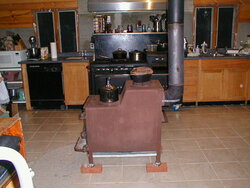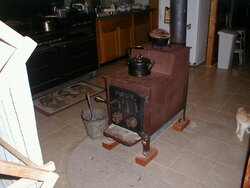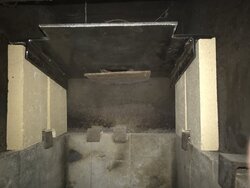Question, local fab shop had 3/8” or 1/4” , I got a scrap of each to possibly cut down for a baffle. I know 5/16” is the optimum thickness but which of what I have would be best in a Mama Bear? Also the ledge under my stoves flue out let (rear) is welded to the bottom of the flue so I’m thinking just notch the baffle to rest on the shelf and fit back to the rear wall? I have to use the Grinder to fit any way so it’s just a couple more “tedious” cuts with a slicer wheel.
Baffle and Shield Questions
- Thread starter WV Cabin
- Start date
-
Active since 1995, Hearth.com is THE place on the internet for free information and advice about wood stoves, pellet stoves and other energy saving equipment.
We strive to provide opinions, articles, discussions and history related to Hearth Products and in a more general sense, energy issues.
We promote the EFFICIENT, RESPONSIBLE, CLEAN and SAFE use of all fuels, whether renewable or fossil.





